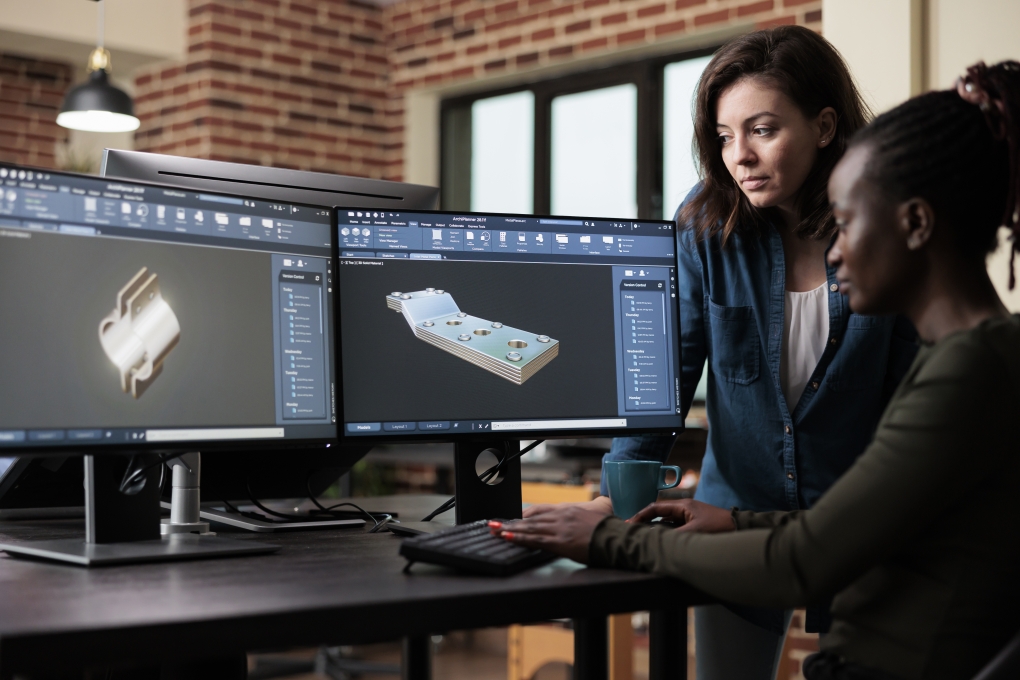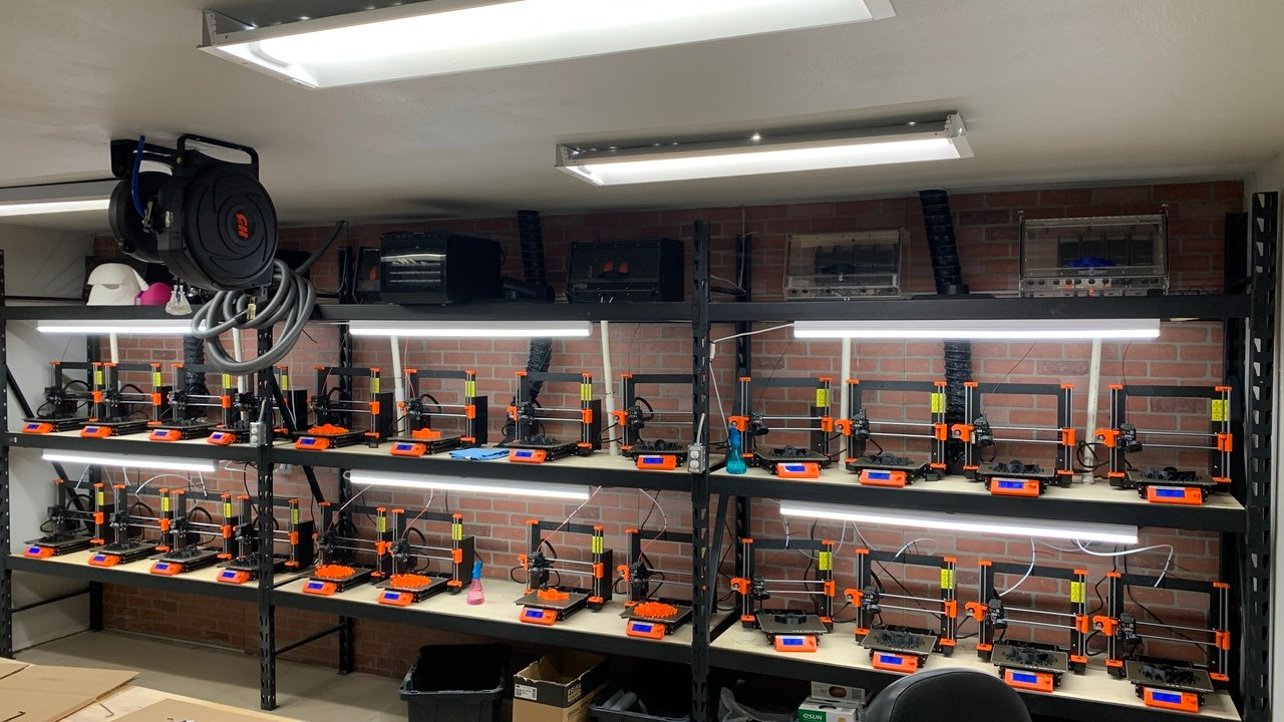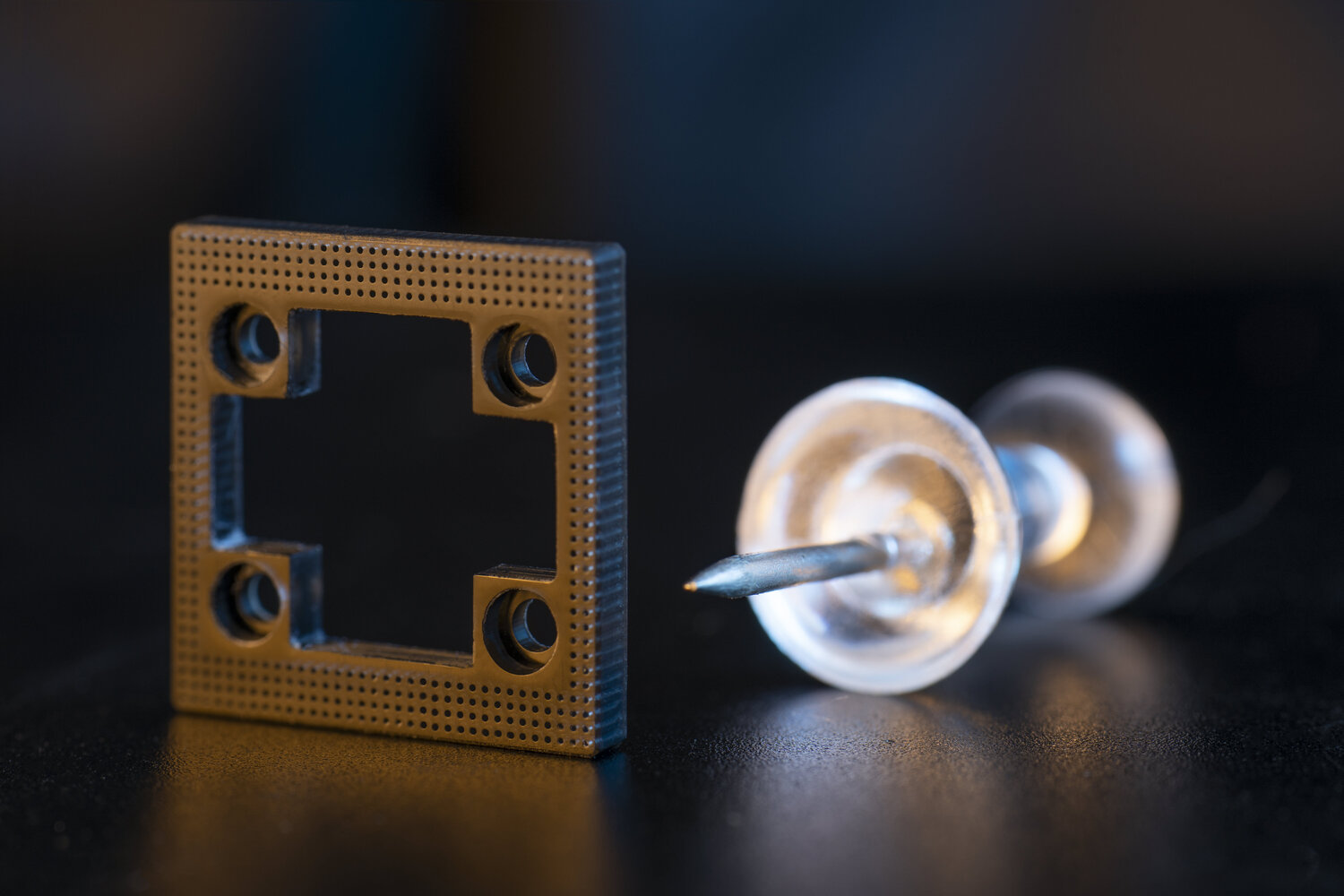3D modeling technology continues to evolve and become more accessible across industries. From entertainment to engineering, professionals increasingly rely on 3D models to visualize, analyze, and refine ideas before investing in physical prototypes — reducing costs and improving outcomes.
What Is 3D Modeling?
3D modeling is the process of creating a digital, three-dimensional representation of an object using specialized software. Models may be solid (used in engineering for stress testing and material analysis) or shell-based (common in games and animation, where structure isn’t as important).
Real-World Applications
3D modeling plays a critical role in many fields:
-
Arts & Culture: Projects like Scan the World digitize statues and artifacts for visualization and 3D printing.
-
Medicine: Doctors use 3D models of joints and organs (e.g., heart or knee) for research, diagnostics, and surgical planning.
-
Engineering: Mechanical and civil engineers design everything from bolts to submarines, engines, and geological maps.
How to Stay Updated
To explore the latest in 3D modeling, consider attending events like:
-
SPAR 3D Expo & Conference – Covers sensing, processing, and visualization across industries.
-
3DBODY.TECH – Focused on 3D body scanning technologies.
-
Global Congress on 3D Printing & Modeling – Multidisciplinary event on modeling and additive manufacturing.
What’s Next for 3D Modeling?
Previously, 3D designs were brought to life using subtractive methods like cutting or drilling. Today, additive manufacturing (3D printing) is transforming how products are built—layer by layer.
Software still plays a vital role. SolidFace continues to develop hybrid, cloud-enabled solutions to enhance collaboration and boost efficiency, keeping your team connected and your workflow optimized.






